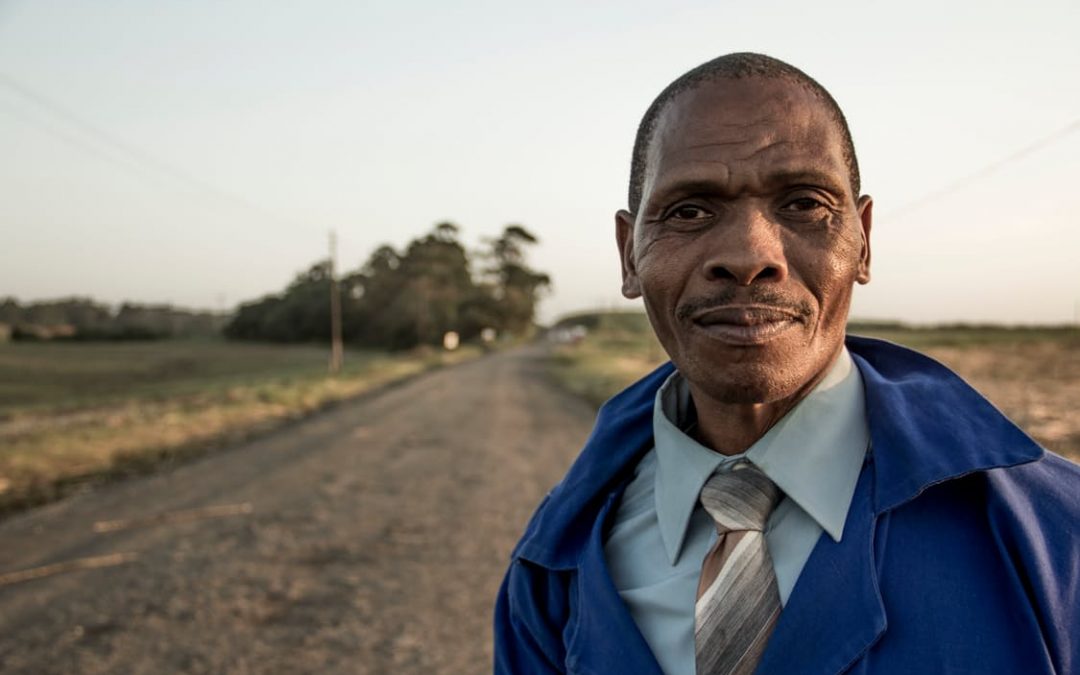American entrepreneurs think it’s hard to get a business loan. They have no idea. Try it in the developing world and one word comes to mind – impossible, especially for women. That’s where the concept of microfinancing kicks in. This is where benefactors can make small loans (sometimes as little as $25) to support entrepreneurship in other countries. Make no mistake, the loans are intended to be paid back, and they are in the vast majority of cases.
Loaning money to these budding entrepreneurs helps them support their families, boosts local economies, and can have a dramatic effect in developing countries if more people around the world join in. It is a wonderful way to provide a charitable boost without giving handouts or creating a false economy dependent on charity to survive.
Why Microfinancing?
To the developed world mind, loaning someone on the other side of the globe $25 or $100 to start a business might seem laughable. What can you really do with such a pittance? It turns out quite a lot, actually. In areas like Africa, India, and Central America, a small investment can be the difference-maker that allows a man doing motorcycle repairs on the side to buy proper tools and parts that allow him to expand enough to support his family better and maybe even send his kids to school.
The Path to Success
Here’s how the idea works in reality. Let’s return to our motorcycle repair specialist. By the time he pays back an initial $200 loan, he has leveraged the money into a busier, more profitable business. Now he’s ready to borrow $500, which he puts to good use expanding his business again. Next, he borrows $1,000 and might decide to hire a part-time helper. The process is the same as in America or other developed worlds; the numbers are just smaller.
The Economy of Scarcity
It’s tough to undertake any form of entrepreneurship in areas where there is no middle class. Americans love to complain about the vanishing middle class – and it’s a problem – but shouldn’t be compared to the economic plight in places like Kenya, where an unemployment rate of 40 percent is not unheard of, and the wealth of the nation rests in the hands of too few. However, increased political stability and a return of tourism seems to be turning things around slowly. The disastrous history of relying on agriculture to provide the majority of jobs (think frequent droughts that lay waste to entire crops for years at a time) is giving way to start-up businesses in the service industry.
The Female Angle
Micro loans end up in the hands of women as much as 72 percent of the time, according to WorldVisionMicro.org. It turns out to be a good investment since a recent Harvard Business Review Study found that women invest the money in “human resources” (education, health, nutrition) at a 90 percent rate, compared to 40 percent when loaned to men. That’s how a small loan helps break the poverty cycle.
Small loans aren’t just to make the winners’ of life’s lottery feel good about themselves, though that shouldn’t be underestimated. With CD rates shamefully low right now, it turns out that microfinancing might make good business sense as well. According to Kiplinger, it’s not unusual for an investor to see returns of 5 percent or more with these kinds of small loans.
If you are interested in a sending a microfinanced loan to a budding business in a developing nation, check out Kiva.org to get started!

